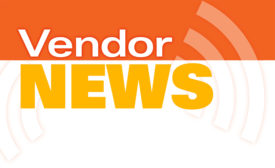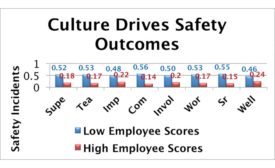Home » employee engagement
Articles Tagged with ''employee engagement''
Chuck Pettinger, Ph.D., and Cary Usrey will speak at the NSC Congress & Expo on Monday, September 28 and Tuesday, September 29 in Atlanta, Ga.
Read More
Will your team want to keep working together?
New study says it depends on how they disagree
September 15, 2015
Work-life fit linked to employee engagement, job satisfaction
Survey: Men more likely to use child care benefits, flexible schedules and other work-life programs
September 10, 2015
Become a Leader in Safety Culture
Build your knowledge with ISHN, covering key safety, health and industrial hygiene news, products, and trends.
JOIN TODAYCopyright ©2025. All Rights Reserved BNP Media.
Design, CMS, Hosting & Web Development :: ePublishing








